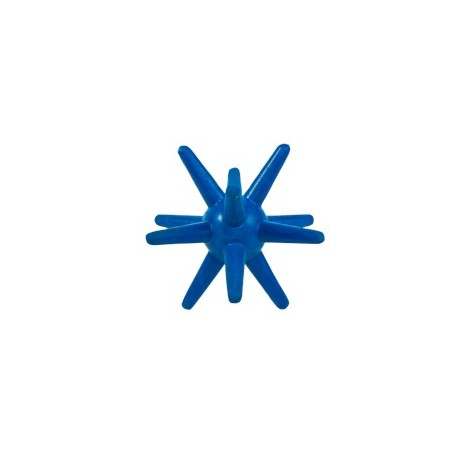After the economic crisis and a dip in 2013 (due to the restructuring of the dairy sector, new regulations affectingthe pigmeat sector and tight meat supply in general) consumption has recovered strongly since 2013 (+4.7kg per capita until 2019). This is thanks to the improved economic situation for households and ample supplies of all meat categories, despite growingexport volumes.
EU meat consumption is expected to decline from 69.8kg to 68.7kg per capita by 2030 for several reasons: growing social and ethical concerns, environmental and climate worries, health claims, an ageing European population (eating smaller portions) and lower meat availability on the domestic market. The overall decline will be accompanied by a shift in the consumer basket.

Beef is expected to continue its downward trend. Meanwhile, the ongoing replacement of pigmeat by poultry meat consumption will go even faster, due to an increased import demand for pigmeat in Asia. Sheepmeat consumption is expected to increase slightly thanks to the diversification of the meat diet and changes in the EU population (religious beliefs and migration). Other trends in meat consumption are to be considered: changing dietary patterns (flexitarians, vegetarians and vegans), especially among young consumers; the increasing importance consumers attach to the origin of meat and how it has been produced (organic, animal welfare, environmental footprint); and a shift from fresh meat towards more processed meat and preparations.
Lab-grownmeat could become a competitor for meat but consumer acceptance and environmental footprint remain unclear.Overall, the downward trend is not visible yet in the available statistics. Diverging trends across EU Member States make the assessment at EU level even more difficult. Although the factors outlined above will very probably result in a future downward trend, the exact timing of the turning point cannot be predicted.

Tuesday December 10, 2019/ DG Agri/ European Union.
https://ec.europa.eu






